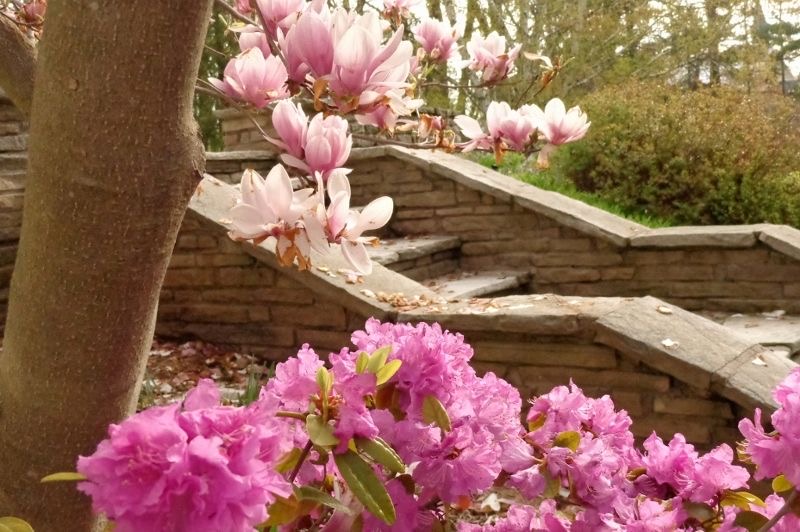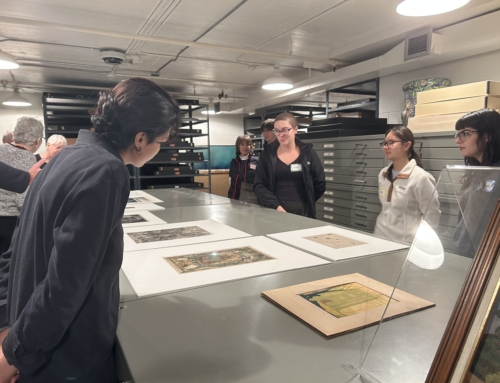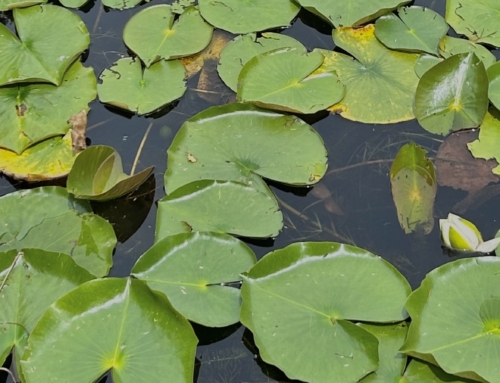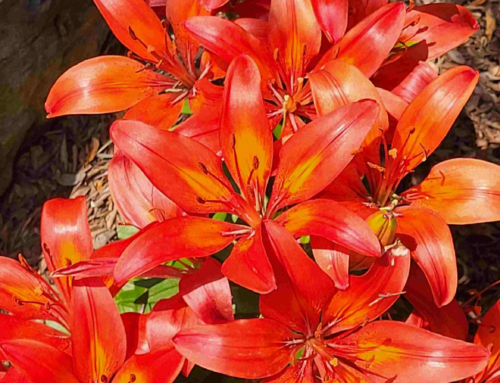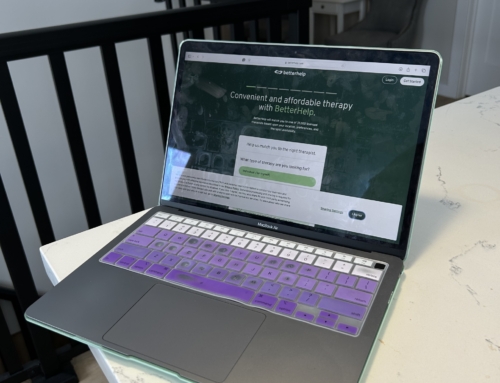Creativity Fosters Mindfulness and Flourishing in Later Life
By Ellen Ryan
Twenty years ago, I was just using a camera to take family pictures. But then I acquired a high-quality digital camera. Its most powerful novel characteristic was that, for once, it was small enough to be with me at all times.
With a camera in my pocket and a walking habit, I became an avid amateur photographer. I began by taking a photo whenever a scene struck me. The scenes were more interesting with a human figure – sometimes my husband (often walking away), often my own shadow.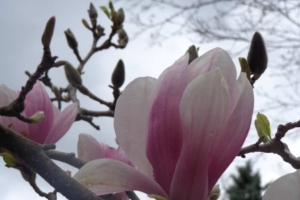
Soon I learned to use the camera to help me pay attention during my daily walks. Attending to the changing seasons, I focus on close-ups of flowers as well as capturing one tree at a time in any month of the year. Spring and Fall are more spectacular, but I can find something of beauty on any walk – if I’m actively looking for it.
My photography while walking experience is an example of how a creative hobby can promote mindfulness and wellness.
In addition, I have used my photography to stay socially connected by creating greeting cards. I keep a stack of blank cards/envelopes on hand. I create individual cards (PhotoGreetingsbyEllen), with one of my photographs and warm messages on the inside. By now, I have duplicates of my best images for each season; but sometimes, I just go outside to capture an image for a special person.
According to Megasamen and Ross (Your Brain on Art), current brain research has established benefits of creative expression and engaging with the arts: reducing stress, lowering anxiety, healing trauma, alleviating pain, and boosting physical well-being.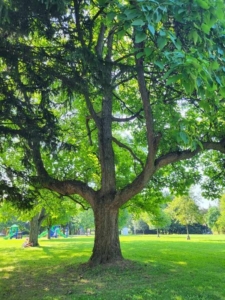
These authors argue that we can maintain a healthy aesthetic sensibility through cultivating curiosity, playful exploration, opening ourselves to sensorial experiences, and making art. Actually making art has special advantages – especially if there is a steep learning curve (regardless of proficiency) or if there is a high standard of excellence to aim for.
Years ago, Gene Cohen, who began the US National Centre for Creativity & Aging, completed research showing that Arts Groups could improve mental and physical well-being for participants in their 80s and 90s, especially if the small groups met in person regularly, if they were professionally led, and if the group aimed for a performance, a gallery exhibit, or a publication. The many groups each engaged in one of a number of creative activities: e.g., singing in chorus, jewelry making, writing poetry, and painting.
Flourishing in later life can involve a lot of fun if you can find a creative/artistic outlet that engages your heart and mind.
Resources:
Cohen, G. D., et al., (2006). The impact of professionally conducted cultural programs on the physical health, mental health, and social functioning of older adults. The Gerontologist, 46, No. 6, 726–734.
Your Brain on Art (2003 book by S Magsamen and I Ross, Random House).
Your Brain on Art. YouTube Video.
Encore Creativity for Older Adults

